Verzending 24–48 u • Levering in de hele EU • Veilige chemieverpakking
Alkaline phosphatase
SKU 6024.1
€ 1 587,35
In stock
1
Save this product for later
Alkaline phosphatase
Product Details
HS code: 35079090
Brand: Carl Roth
Alkaline phosphatase, min. 2000 Glycine U/mg protein, 10 KU, Molar mass (M) ~120 000 g/mol, Density (D) 1,1 g/cm³, Storage temp. +4 °C, CAS No. [9001-78-9], EG-Nr. 232-631-4
Alkaline phosphatase ≥2 000 Glycin U/mg protein (approx. 6000 DEA U/mg protein)
Unit-definitie
One glycine unit (U) is defined as the amount of enzyme that catalyzes the hydrolysis of one µmole of p-nitrophenyl phosphate per min at pH 9.6 and 25 °C (glycine buffer).
Enzyme: a neoclassical, Greek artificial word ενζυμου, énzymon, derived from εν-, en- (in-) and ζυμη, zýmé (yeast, sourdough, archaic)
Ferments: comes from the Latin fermentum (ferments, sourdough)
There are six classes in which all enzymes are classified according to the particular reaction they catalyse:
• Oxidoreductases (catalyse redox reactions)
• Transferases (transfer functional groups among substrates)
• Hydrolases (cleave bonds via addition of water)
• Lyases/Synthases (cleave or synthesise complex products out of basic substrates without cleavage of ATP)
• Isomerases (transform chemical isomers)
• Ligases/Synthetases (cleave or synthesise complex products out of basic substrates via cleavage of ATP)
Enzyme: a neoclassical, Greek artificial word ενζυμου, énzymon, derived from εν-, en- (in-) and ζυμη, zýmé (yeast, sourdough, archaic)
Ferments: comes from the Latin fermentum (ferments, sourdough)
There are six classes in which all enzymes are classified according to the particular reaction they catalyse:
• Oxidoreductases (catalyse redox reactions)
• Transferases (transfer functional groups among substrates)
• Hydrolases (cleave bonds via addition of water)
• Lyases/Synthases (cleave or synthesise complex products out of basic substrates without cleavage of ATP)
• Isomerases (transform chemical isomers)
• Ligases/Synthetases (cleave or synthesise complex products out of basic substrates via cleavage of ATP)
| Activity | ≥2000 Glycin U/mg Protein |
| Protein concentration | 10-20 mg/ml |
You May Also Like
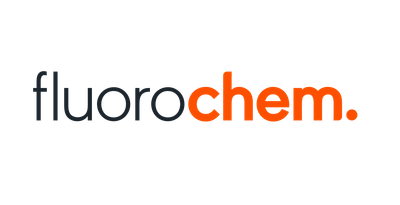
2-Chloro-4-fluoro-6-nitroaniline, 95.0%, 10g
2-Chloro-4-fluoro-6-nitroaniline, 95.0%, 10g
SKU F464015-10G
€ 125,40
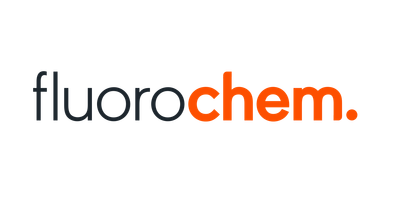
Chromic Chloride, 99.9% metals basis, 500g
Chromic Chloride, 99.9% metals basis, 500g
SKU F987909-500G
€ 1 173,70
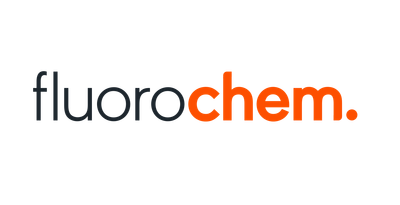
(S)-Fmoc-2-Aminooct-7-ynoic acid, 98%, 1g
(S)-Fmoc-2-Aminooct-7-ynoic acid, 98%, 1g
SKU F765070-1G
€ 1 157,20
Display prices in:EUR

![3-bromo-8-(trifluoromethyl)imidazo[1,2-a]pyridine, 95%, 100mg 3-bromo-8-(trifluoromethyl)imidazo[1,2-a]pyridine, 95%, 100mg](https://d2j6dbq0eux0bg.cloudfront.net/images/88473019/4861243818.png)

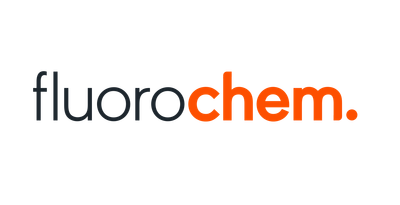
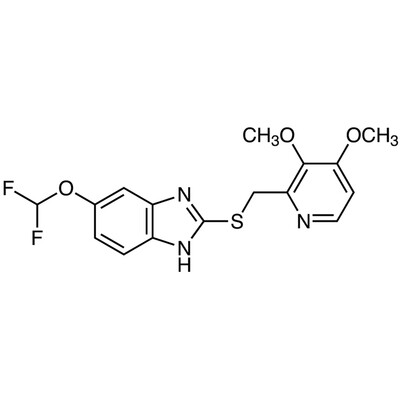

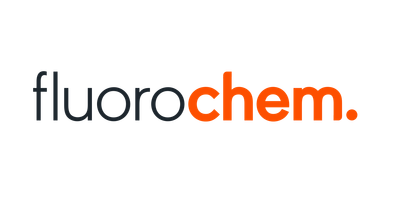
![9-Bromo-2,3,4,5-tetrahydrobenzo[b]oxepine, 97.0%, 1g 9-Bromo-2,3,4,5-tetrahydrobenzo[b]oxepine, 97.0%, 1g](https://d2j6dbq0eux0bg.cloudfront.net/images/88473019/4868624345.png)


